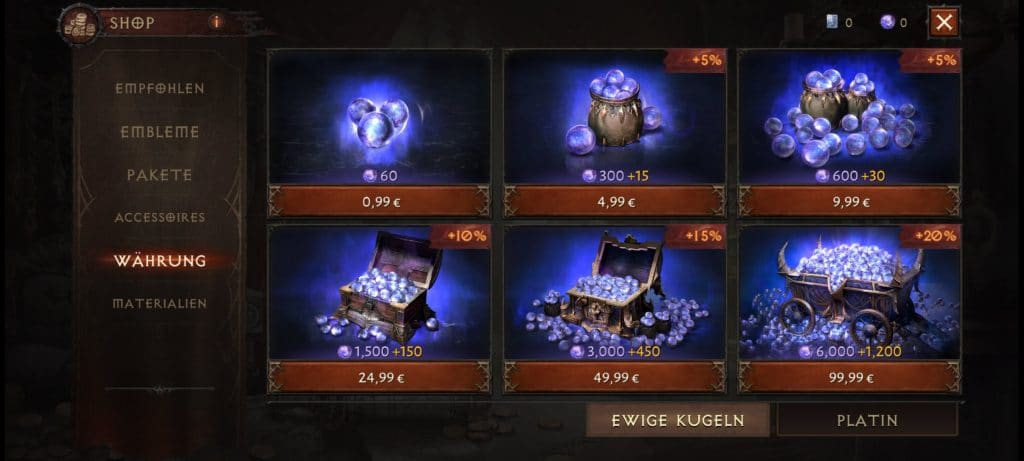The gaming industry is booming, and Asia is its centre. But it’s also becoming more competitive. And with payments increasingly being baked into the player experience, getting this fundamental element right is even more critical.
The growth of gaming over the past three years has been rapid, and there are no signs that this trend will slow down any time soon. Like many digital shifts, the COVID-19 pandemic accelerated a pre-existing trend as consumers spent more leisure time at home, on smartphones or games consoles.
For gaming publishers, this has obviously been a huge boost to the industry. Globally gaming industry revenue is predicted to grow from USD$178bn in 2021 to USD$269bn in 2025, an increase of 51% in just five years. And this is especially true in Asia, which leads the world in its number of active gamers. Almost half of all gaming revenue came from Asian markets pre-COVID-19 and this percentage has been maintained despite the growth of gaming globally in the past two years.
The Role of Payments
Another major trend in gaming is a shift in the way that consumers pay for them. The old model of buying games outright in a single one-off purchase is now outdated in the majority of cases; subscriptions and in-app purchasing have become the norm for games on all platforms, from mobile games through to many of the major titles on the most popular consoles.

This trend has given publishers much greater scope when it comes to monetizing the games that they produce. But it also means that payments are now a much more integral element to the overall player experience than before, and therefore need to be considered much more carefully.
When thinking about payments in gaming, there are three primary factors that need to be considered:
- Invisibility – Ultimately players don’t want to go through the process of making payments when it means interrupting the game they are playing. So any payment needs to be as quick and painless as possible to encourage them to do it frequently.
- Security – But at the same time, any game’s checkout process must be safe. Games have been proven to be a target for scammers in the past who have viewed the industry as an easy target.
- Choice – The payments landscape is becoming more diverse, and in-game payment options need to reflect that. Consumers are increasingly unprepared to spend money online if they cannot use their payment method of choice, particularly those that have developed into regional payment preferences.
Let’s look at these in more detail, particularly what they mean for gaming companies in the Asian market.
The impact of poor UX, card declines, and inefficient risk management
As we have already stated, one of the key criteria for the success of payments in gaming is that transactions such as subscriptions and in-app purchases are seamless to the point of being invisible. A clunky user experience with multiple verification steps is one way checkouts can fail in this objective.

Multi-step authentication processes, high lag times or time-outs, or hidden costs can make a payments experience frustrating to such an extent that the consumer abandons the transaction and in extreme circumstances could stop them playing the game altogether. And research does suggest that APAC consumers have the highest rates of cart abandonment in the world generally, meaning gaming companies in the region must focus on giving players a best-in-class payment experience.
Even more significant can be the impact of payment declines. If a player cannot complete a transaction because their card payment is declined then this completely de-rails their gaming experience. A declined transaction not only has a negative effect on revenues for gaming companies that lose the individual transaction in the short term but also the frustration this causes players may render the game unplayable in the long term, costing the operator recurring payments from loyal customers.
Partnering with a payments partner that minimises abandoned transactions and their associated costs is critical. Some of the criteria gaming partners should consider include:
- Does the payments company connect me to local acquiring and enable smart routing to maximize acceptance rates?
- Does the payments company prevent mass declines of legitimate transactions and limit false positives through industry and regional expertise in risk management?
- If a legitimate transaction is declined due to human error or oversight e.g. a card used for a recurring transaction expires, does the payments company have capabilities in place to recover the transaction?
Fighting fraud
Unfortunately, gaming platforms have long been a target for fraudsters. This threat has increased in the past two years as bad actors were better able to hide in plain sight due to the increase in player numbers more generally. Card-not-present fraud (where a fraudster uses stolen card details to make a transaction) and friendly fraud (where a consumer uses their own card details to make a legitimate transaction and then claims a chargeback) are both frequent in gaming, including in APAC.

Another practice gaming publishers should be aware of is carding, where a fraudster steals credit card information and tests its usability by making one or a number of small transactions at a relatively insecure platform, before moving on to making more substantial transactions elsewhere. In-game purchases have been a traditional target of these types of fraud.
Offering seamless gameplay via in-app purchases and subscriptions without compromising the safety of the platform or players must be a priority. A risk management platform with real-time, highly configurable, fraud detection and scoring engine capabilities is the optimal solution to maximise protection.
Diversifying Checkout
The APAC region is a diverse landscape when it comes to payment preferences, with local digital wallets being particularly popular. And it isn’t only the region as a whole that has marked payment preferences; within APAC, individual countries have their own local payment methods that have proved to be popular with consumers. So for gaming companies with ambitions to expand their player base throughout the region, having more options to enable players to pay is essential.
This is particularly true because we know that there are several key payment methods that are important to consumers in many APAC countries. AliPay and WeChat are obvious examples in China, but countries such as Malaysia, Thailand and Indonesia all have diverse payment landscapes that do not rely on card transactions.

According to research conducted by Mastercard, 94% of consumers in APAC are thinking about trying an alternative payment method for the first time in 2022 and 84% said they already had access to more payment methods than they did in 2020. This includes crypto; 45% of APAC consumers are considering using crypto for payments in 2022 vs. only 12% that said they had used crypto to make a payment in 2020.
And globally younger consumers tend to be less reliant on traditional payment methods such as debit and credit cards than older generations. More tech-savvy and less loyal to financial institutions such as banks, these consumers will happily switch payment methods to ones that offer a better user experience. As gamers tend to skew towards younger demographics as well, having a diversified checkout is even more important.
It’s an Exciting Time for Gaming in Asia Pacific
And APAC continues to lead the world when it comes to the sizes of the gaming industry market. But there is a route to making the most of the opportunities a booming industry provides, and that begins with payments.
Working with a payments partner that doesn’t offer you a one-size-fits-all solution and instead can tailor a customized platform that suits your business strategy and needs is essential in today’s market. This is especially true in a region such as APAC with so many individuals, and unique markets. Gaming businesses
